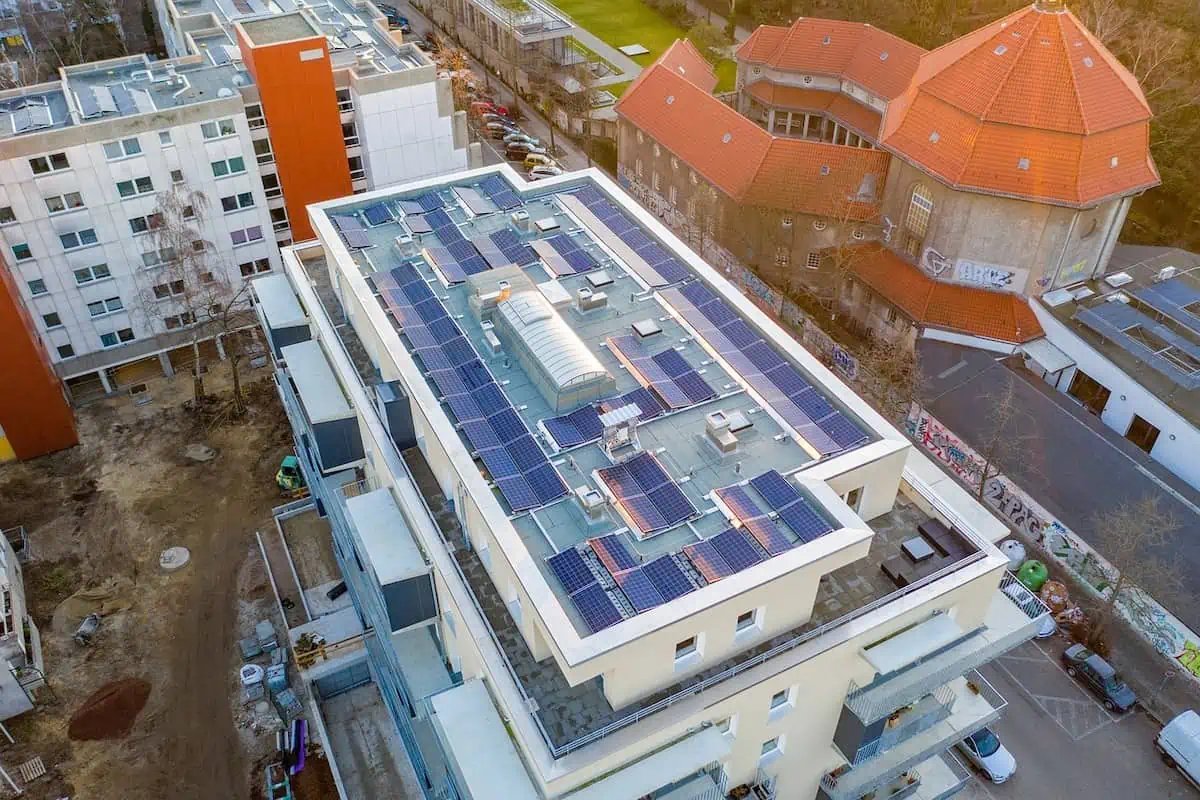There is a growing public recognition that climate change is no longer simply a theory and that its effects are beginning to be noticed around the world. Many people will have watched in horror last year when the devastating floods hit large parts of Bangladesh.
They resulted in the displacement of millions of people and a tragic loss of life on a scale that is rarely witnessed. Many scientific experts attribute this flooding to the impacts of global warming and climate change.
As predicted, climate change is beginning to drive more extreme patterns of weather, which can cause widespread disruption and suffering.
Also, it is recognised that the last eight years have been the hottest on record. This again points to global warming and climate change as the driving source. Individuals and businesses need to do everything within their power to help to tackle climate change and the problems it poses.
Thankfully, facilities management staff and companies can play an active role in this fight. In this article, four ways in which effective facilities management can help to tackle climate change will be explored in detail.
Maintenance to Minimise Pollution
It is recognised that all buildings and facilities will need to have a regular schedule of maintenance and repair work to ensure that they function effectively. From office buildings to industrial units, ongoing maintenance work is vital to allow the proper and efficient functioning of the premises.
When it comes to maintenance work, a facilities manager or facilities management company can take steps to ensure that work is carried out with the environment considered in all activities. This can be achieved by sourcing sustainable or recycled materials in any maintenance work that serves to limit the demand for products that have high carbon footprints.
Also, when maintenance work is carried out on heating or lighting systems within a premise the aim should be to improve the efficiency of these systems. Replacing traditional filament light bulbs with LED bulbs can offer significant energy savings and can reduce the reliance on power from the national grid.
Lower power consumption apparatus and equipment help to both reduce energy bills and place less demand on fossil fuel-burning power stations, which can be a crucial way to limit the effects of climate change.
Initiate Green Working Practices
Facilities management staff and firms can also play a key role in changing the culture of a workplace so that it is more environmentally friendly. They can instigate a range of initiatives in such premises that can actively promote greener practices.
For example, they can source and incorporate recycling facilities, such as separate bins for plastics and paper products, which can then be transported to a dedicated recycling plant. Facilities management can also drive waste reduction initiatives (such as printing documents only when necessary).
In terms of business facilities, the incorporation of timer switches for lighting in rooms that are not continually used (such as storerooms) can help to lower energy requirements and costs. Taps can be fitted with special faucets that use motion sensors to release water only when a person has their hands by the tap. This can eliminate the waste of water and help the premises become more eco-friendly.
Sustainable Building Materials
When building modifications, renovations or repair work is needed on a premise the facilities management team can ensure that sustainable materials are sourced. This can be achieved by choosing reclaimed or recycled materials for building work or looking at the use of more natural materials in construction such as bamboo which is considered to be a highly sustainable and usable building material.
In addition, when building work or maintenance activities are being undertaken the facilities management team can ensure that any old building materials that have been removed are disposed of correctly in specialist recycling facilities. This is important to ensure that polluting activities do not take place and that the use of landfill sites for any old building materials is avoided.
Renewable Sources of Power
Facilities management teams can look to incorporate renewable power sources for both the construction of new premises and when upgrades are taking place in older buildings. Today, many new or upgraded buildings are taking advantage of the benefits of renewable energy by placing solar panels on their roofs or in the surrounding areas.
Solar power is 100% renewable and can be installed easily on a wide range of premises. Whilst it may not provide all a business’s power needs it can certainly reduce the reliance on more traditional forms of energy. This, in turn, helps to reduce the demand for power that is supplied from nonrenewable sources, such as the burning of fossil fuels to generate electricity.

